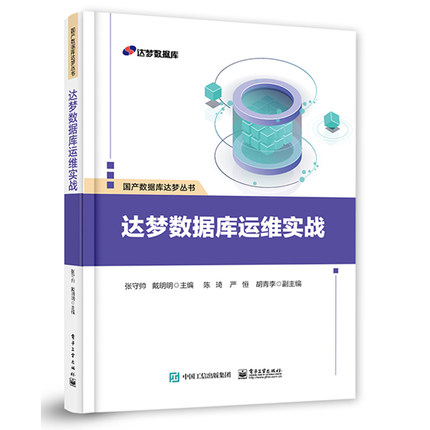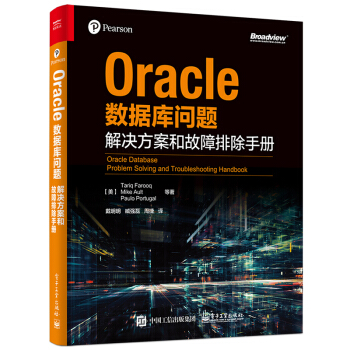1.制定项目章程(Develop Project Charter)
The process of developing a document that formally authorizes the existence of a project and provides the project manager with the authority to apply organizational resources to project activities.
2.制定项目管理计划(Develop Project Management Plan)
The process of defining, preparing, and coordinating all subsidiary plans and integrating them into a comprehensive project management plan.
3.指导与管理项目工作(Direct and Manage Project Work)
The process of leading and performing the work defined in the project management plan and implementing approved changes to achieve the project’s objectives.
4.监控项目工作(Monitor and Control Project Work)
The process of tracking, reviewing, and reporting the progress to meet the performance objectives defined in the project management plan
5.实施整体变更控制
The process of reviewing all change requests;approving changes and managing changes to deliverables, organizational process assets, project documents, and the project management plan; and communicating their disposition.
6.结束项目或阶段
The process of finalizing all activities across all of the Project Management Process Groups to formally complete the project or phase.
7.规划范围管理(Plan Scope Management)
The process of creating a scope management plan that documents how the project scope will be defined, validated, and controlled.
8.收集需求(Collect Requirements)
The process of determining, documenting, and managing stakeholder needs and requirements to meet project objectives.
9.定义范围(Define Scope)
The process of developing a detailed description of the project and product.
10.创建工作分解结构(Create WBS)
The process of subdividing project deliverables and project work into smaller, more manageable components.
11.确认范围(Validate Scope)
The process of formalizing acceptance of the completed project deliverables.
12.控制范围(Control Scope)
The process of monitoring the status of the project and product scope and managing changes to the scope baseline.
13.规划进度管理(Plan Schedule Management)
The process of establishing the policies, procedures, and documentation for planning, developing, managing, executing, and controlling the project schedule.
14.定义活动(Define Activities)
The process of identifying and documenting the specific actions to be performed to produce the project deliverables.
15.排列活动顺序(Sequence Activities)
The process of identifying and documenting relationships among the project activities.
16.估算活动资源(Estimate Activity Resources)
The process of estimating the type and quantities of material, human resources, equipment, or supplies required to perform each activity.
17.估算活动持续时间(Estimate Activity Durations)
The process of estimating the number of work periods needed to complete individual activities with estimated resources.
18.制定进度计划(Develop Schedule)
The process of analyzing activity sequences, durations, resource requirements, and schedule constraints to create the project schedule model.
19.控制进度(Control Schedule)
The process of monitoring the status of project activities to update project progress and manage changes to the schedule baseline to achieve the plan.
20.规划成本管理(Plan Cost Management)
The process that establishes the policies, procedures, and documentation for planning, managing, expending, and controlling project costs.
21.估算成本(Estimate Costs)
The process of developing an approximation of the monetary resources needed to complete project activities.
22.制定预算(Determine Budget)
The process of aggregating the estimated costs of individual activities or work packages to establish an authorized cost baseline.
23.控制成本(Control Costs)
The process of monitoring the status of the project to update the project costs and managing changes to the cost baseline.
24.规划质量管理(Plan Quality Management)
The process of identifying quality requirements and/or standards for the project and its deliverables and documenting how the project will demonstrate compliance with quality requirements.
25.实施质量保证(Perform Quality Assurance)
The process of auditing the quality requirements and the results from quality control measurements to ensure that appropriate quality standards and operational definitions are used.
26.控制质量(Control Quality)
The process of monitoring and recording results of executing the quality activities to assess performance and recommend necessary changes.
27.规划人力资源管理(Plan Human Resource Management)
The process of identifying and documenting project roles, responsibilities, required skills, reporting relationships, and creating a staffing management plan.
28.组建项目团队(Acquire Project Team)
The process of confirming human resource availability and obtaining the team necessary to complete project activities.
29.建设项目团队(Develop Project Team)
The process of improving competencies, team member interaction, and overall team environment to enhance project performance.
30.管理项目团队(Manage Project Team)
The process of tracking team member performance, providing feedback, resolving issues, and managing changes to optimize project performance
31.规划沟通管理(Plan Communications Management)
The process of developing an appropriate approach and plan for project communications based on stakeholder’s information needs and requirements, and available organizational assets.
32.管理沟通(Manage Communications)
The process of creating, collecting, distributing, storing, retrieving and the ultimate disposition of project information in accordance with the communications management plan.
33.控制沟通(Control Communications)
The process of monitoring and controlling communications throughout the entire project life cycle to ensure the information needs of the project stakeholders are met.
34.识别干系人(Identify Stakeholders)
The process of identifying the people, groups, or organizations that could impact or be impacted by a decision, activity, or outcome of the project; and analyzing and documenting relevant information regarding their interests, involvement, interdependencies,influence, and potential impact on project success.
35.规划干系人管理(Plan Stakeholder Management)
The process of developing appropriate management strategies to effectively engage stakeholders throughout the project life cycle, based on the analysis of their needs, interests, and potential impact on project success.
36.管理干系人参与(Manage Stakeholder Engagement)
The process of communicating and working with stakeholders to meet their needs/expectations, address issues as they occur, and foster appropriate stakeholder engagement in project activities throughout the project life cycle.
37.控制干系人参与(Control Stakeholder Engagement)
The process of monitoring overall project stakeholder relationships and adjusting strategies and plans for engaging stakeholders.
38.规划采购管理(Plan Procurement Management)
The process of documenting project procurement decisions, specifying the approach, and identifying potential sellers.
39.实施采购(Conduct Procurements)
The process of obtaining seller responses, selecting a seller, and awarding a contract.
40.控制采购(Control Procurements)
The process of managing procurement relationships, monitoring contract performance, and making changes and corrections as appropriate.
41.结束采购(Close Procurements)
The process of completing each project procurement.42.规划风险管理(Plan Risk Management)
The process of defining how to conduct risk management activities for a project.
43.识别风险(Identify Risks)
The process of determining which risks may affect the project and documenting their characteristics.
44.实施定性风险分析(Perform Qualitative Risk Analysis)
The process of prioritizing risks for further analysis or action by assessing and combining their probability of occurrence and impact.
45.实施定量风险分析(Perform Quantitative Risk Analysis)
The process of numerically analyzing the effect of identified risks on overall project objectives.
46.规划风险应对(Plan Risk Responses)
The process of developing options and actions to enhance opportunities and to reduce threats to project objectives.
47.控制风险(Control Risks)
The process of implementing risk response plans, tracking identified risks, monitoring residual risks, identifying new risks, and evaluating risk process effectiveness throughout the project.




